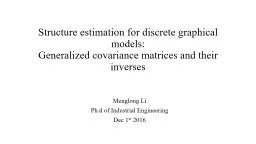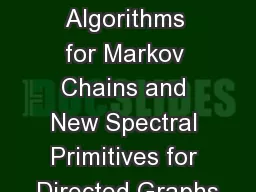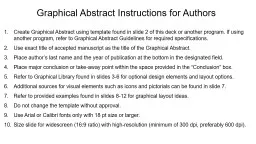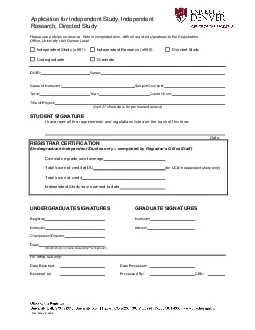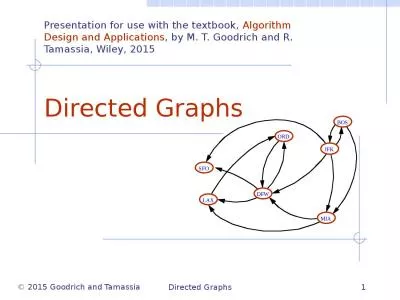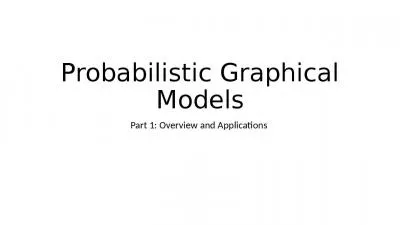PPT-Directed Graphical Models
Author : natalia-silvester | Published Date : 2017-06-29
aka Bayesian Networks 1 Matt Gormley Lecture 21 November 9 2016 School of Computer Science Readings Bishop 81 and 822 Mitchell 611 Murphy 10 10601B Introduction
Presentation Embed Code
Download Presentation
Download Presentation The PPT/PDF document "Directed Graphical Models" is the property of its rightful owner. Permission is granted to download and print the materials on this website for personal, non-commercial use only, and to display it on your personal computer provided you do not modify the materials and that you retain all copyright notices contained in the materials. By downloading content from our website, you accept the terms of this agreement.
Directed Graphical Models: Transcript
Download Rules Of Document
"Directed Graphical Models"The content belongs to its owner. You may download and print it for personal use, without modification, and keep all copyright notices. By downloading, you agree to these terms.
Related Documents








